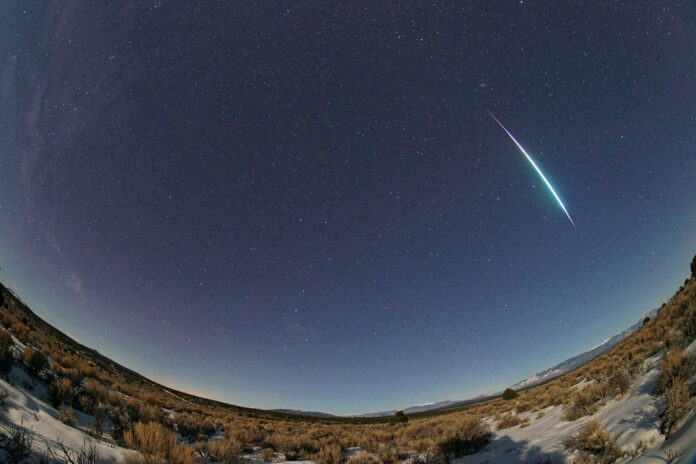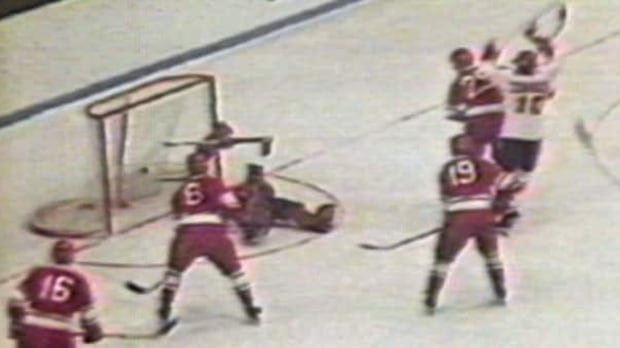![lewinski-123124-quadrantids-meteor-shower A meteor from the 2020 Quadrantids meteor shower flies across the night sky. [Mike Lewinski]](https://www.inmaricopa.com/wp-content/uploads/2024/12/lewinski-123124-quadrantids-meteor-shower-696x464.jpg)
If you (or your pups) would rather not ring in 2025 with the thundering booms of a fireworks show, then you might prefer this quieter light show happening just a day later, and presented by Mother Nature.
The Quadrantids meteor shower peaks Friday night and Maricopa looks to be among the best spots to watch the show a stone’s throw from urban Phoenix.
One of the most impressive annual meteor showers, the Quadrantids began Dec. 12 and runs exactly one month to Jan. 12.
However, the best time to see upwards of 200 meteors flash across the Arizona sky is Friday night into Saturday morning, according to NASA. That’s when Earth passes through the densest part of the shower during its orbit.
The federal agency suggests finding “an area well away from the city or streetlights” and looking to the northeast. Unless you’re keen on trudging out to the boonies to catch a late-night meteor shower, Phoenix New Times suggests catching the show from a Phoenix exurb like Maricopa, Queen Creek or Buckeye.
Maricopa sits about 15 miles south of Phoenix and while that doesn’t sound far, it’s enough for the sky to look much darker than the city’s suburbs thanks to light pollution.
And while the city is far from a Dark Sky place, like Fountain Hills or Bisbee, the website Dark Site Finder shows that light pollution in Maricopa is significantly less than the greater Phoenix area — and Hidden Valley is even darker.
![Watch the Quadrantids meteor shower in Maricopa 2 An image showing the light pollution around the Phoenix metro area using 2022 satellite data. [DarkSiteFinder.com]](https://www.inmaricopa.com/wp-content/uploads/2024/12/darksitefinder-123124-light-pollution-phoenix-maricopa-600x388.jpg)
In fact, your chances of watching the meteor shower in darkness are even better Friday night because the moon sets at 9:43 p.m. and that’s the only thing standing in the way of an impressive light show.
The National Weather Service currently forecasts a mostly cloudy night with a low of 43 degrees and calm winds.
But don’t worry, you’ll still have a few more days to catch the meteor shower. Saturday and Sunday nights will have clearer skies, but colder lows between 36 and 38 degrees, so be sure to bundle up.
If you happen to miss this one, the next meteor shower to jot down on your calendar are the Lyrids, which peak locally April 22.
#Watch #Quadrantids #meteor #shower #Maricopa









Leave a Reply